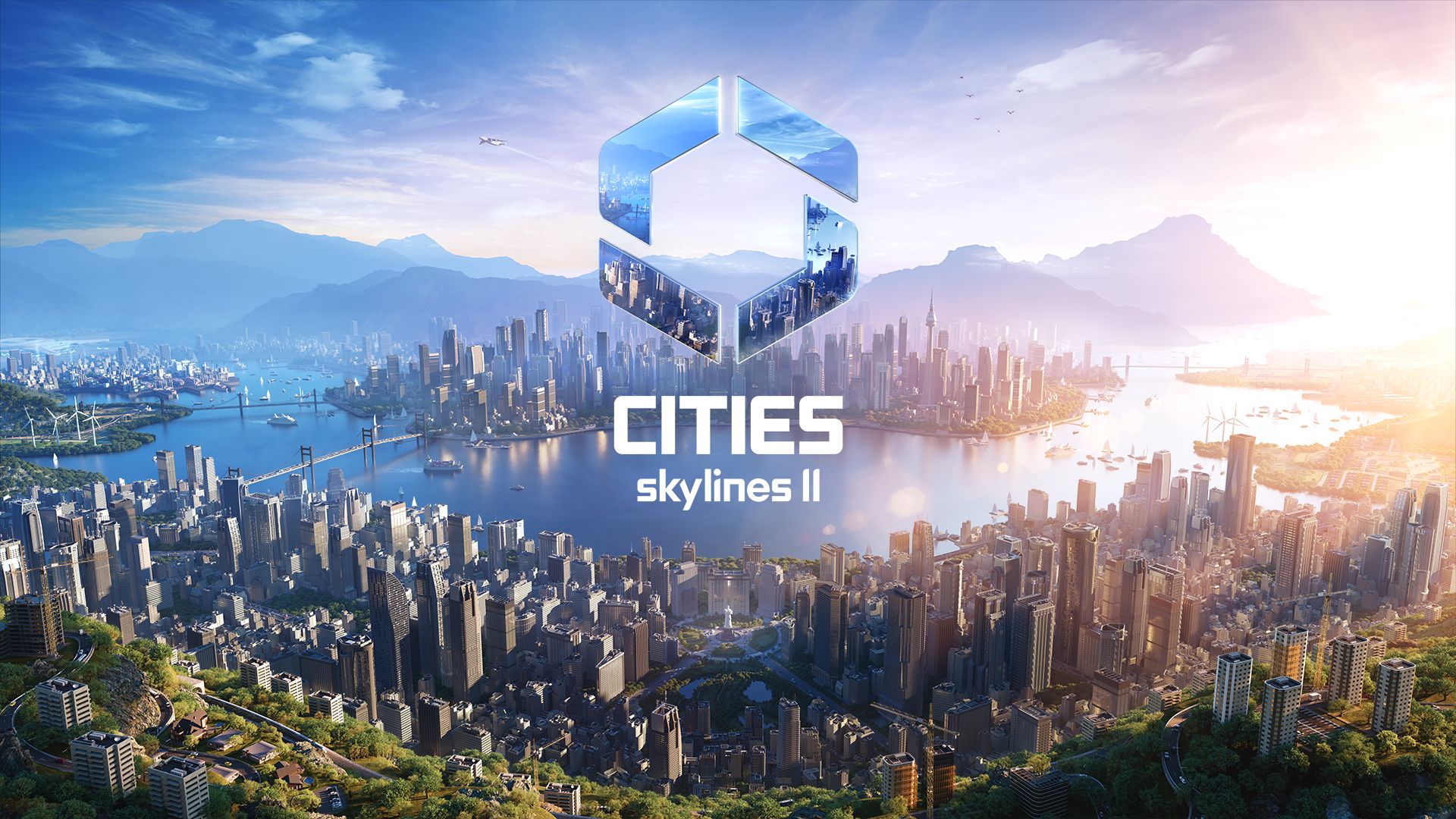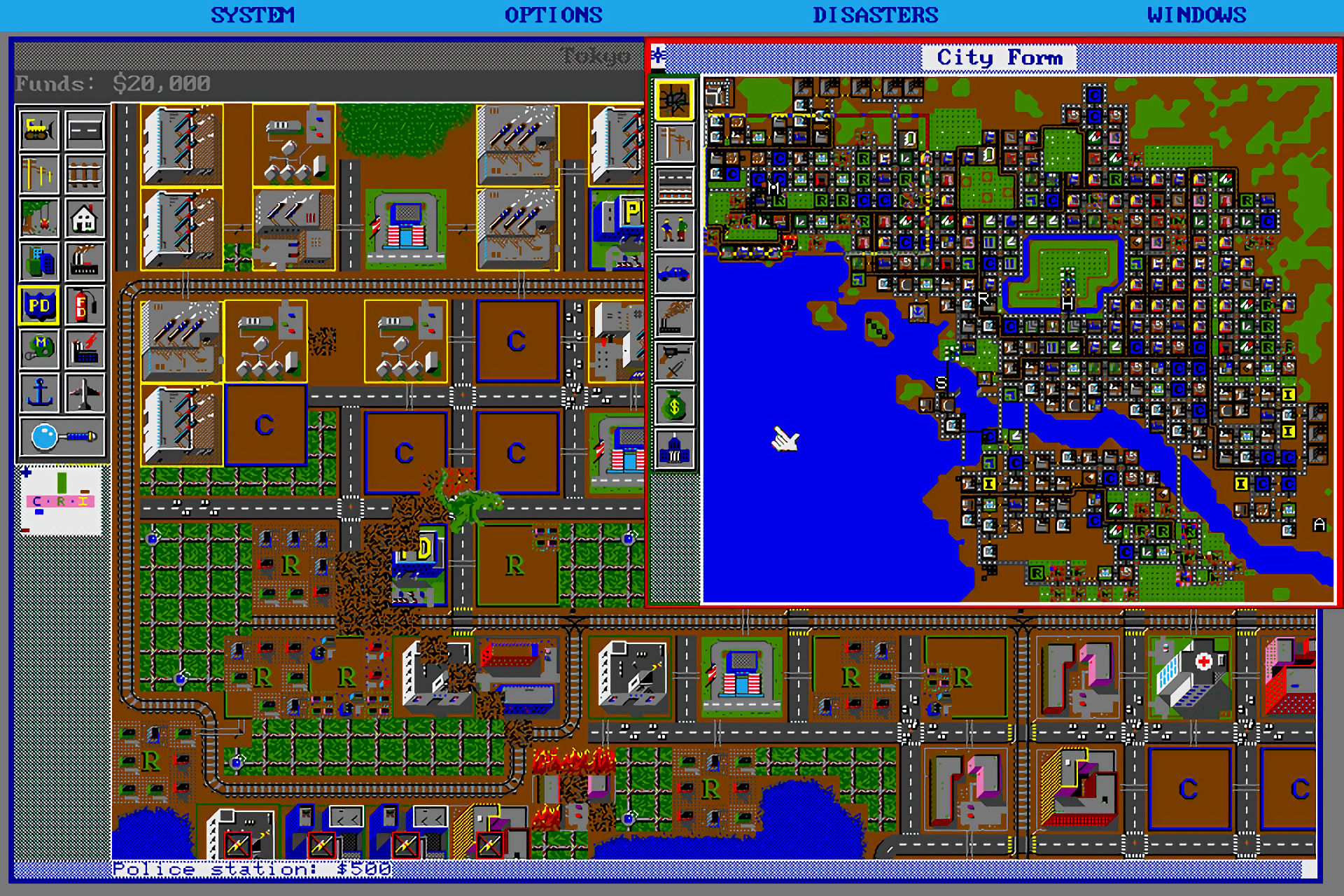The city-building genre has seen its ups and downs, from the colossal failures to the remarkable successes. One name that stands tall in this landscape is Cities: Skylines, and its sequel, aptly named Cities: Skylines 2, is here to take us on another ambitious urban adventure. This game is a massive sandbox that lets you shape your metropolis with incredible freedom. But, like any growing city, it has its challenges and a few potholes in the road.
Freedom to Flourish
At its core, Cities: Skylines 2 is all about freedom. There’s no rigid storyline dictating your every move. You start with a blank canvas and the world is your oyster. Whether you aspire to build a bustling metropolis, a picturesque university town, or a sprawling industrial hub, the choice is yours. The sandbox nature of the game appeals to many, but for those who struggle to set their own goals, this might be a beauty lost in the abyss.
Mastering the Tools of the Trade
One of the standout improvements over its predecessor is the enhanced toolkit at your disposal. The addition of community-made solutions elevates the city-building experience. Creating entire suburbs has never been more seamless, thanks to the revamped road-building mechanics that now include water and electricity lines. Roundabouts can be constructed from the get-go, adding to the city’s efficiency. The game also offers comprehensive in-game guides to help even novices navigate the intricate systems. You’re never lost, and that’s a game-changer.
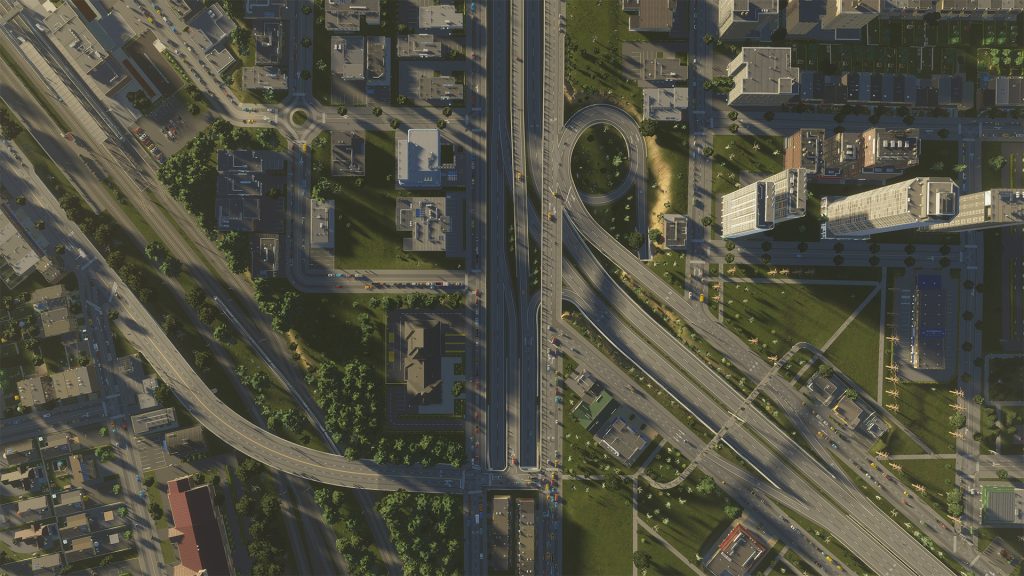
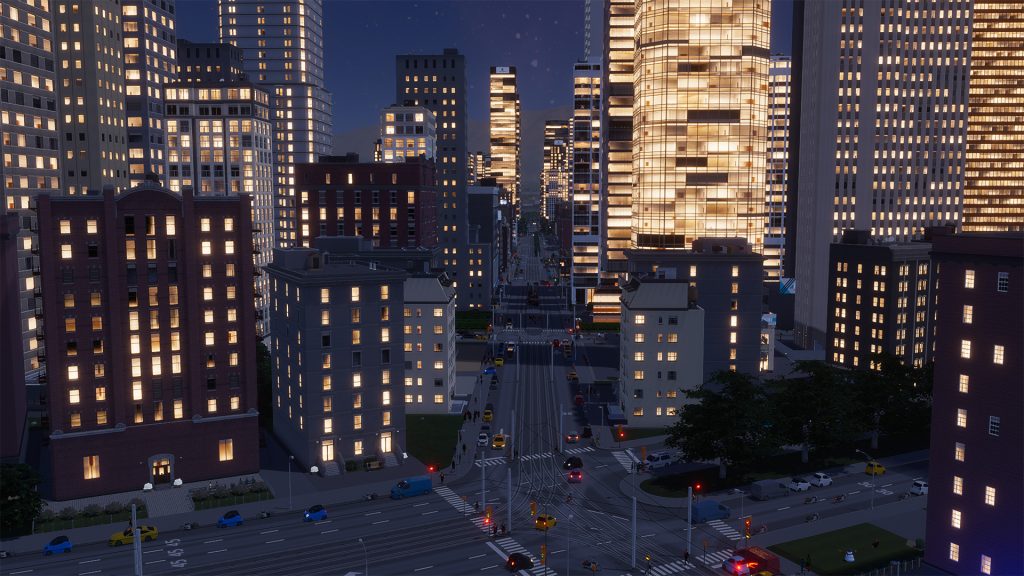
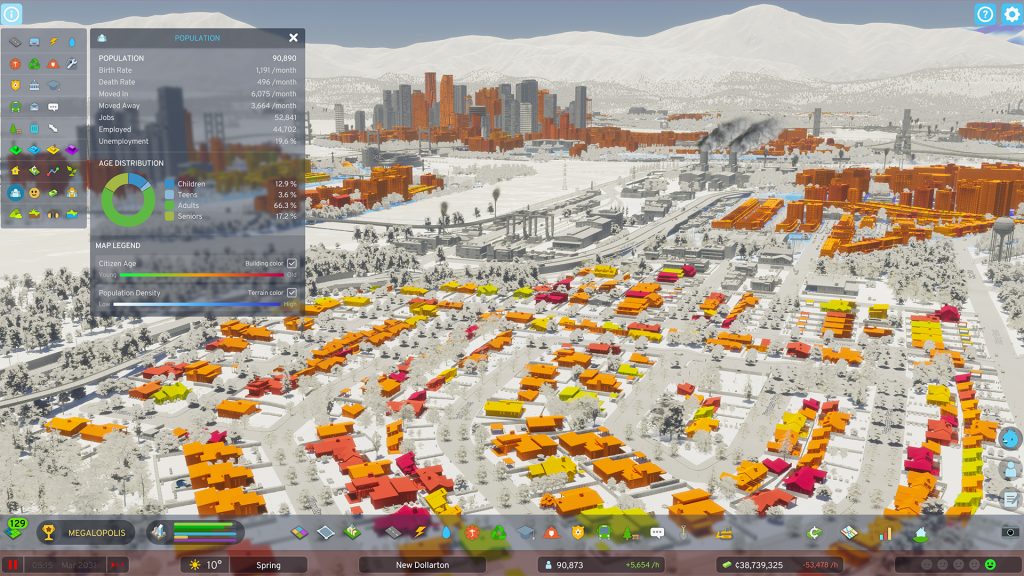
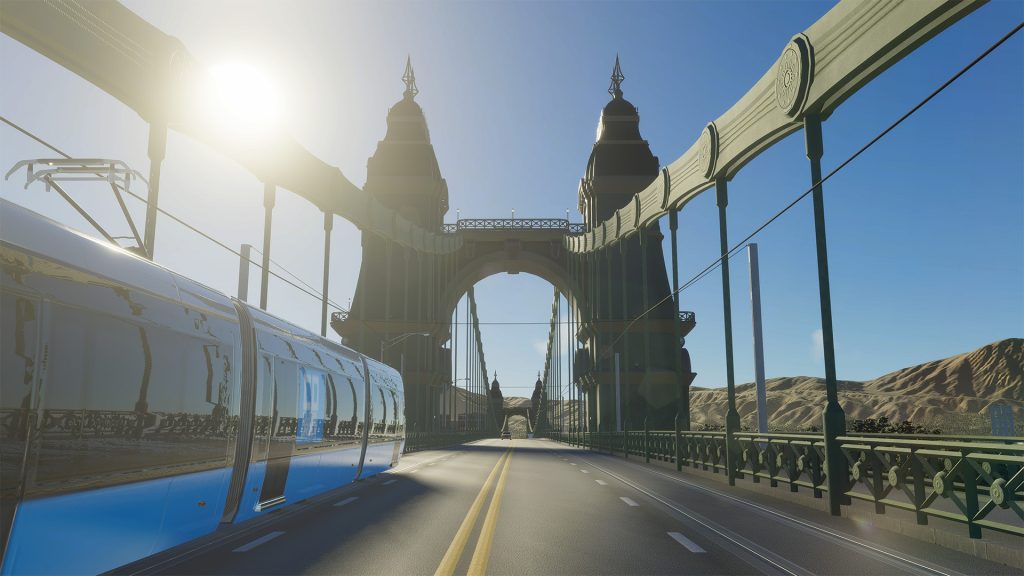
Economic Versatility
Economic zones introduce a new layer of strategy. Farms, mines, and other resource producers can be established if the region provides the resources you seek. Local sourcing can significantly boost your city’s economy, while exporting goods to outside connections opens new avenues for profit. The concept of outside connections has breathed fresh air into the game, allowing you to sell surplus electricity, for example, or import energy when needed. It’s all about making choices that reflect your city’s personality.
Efficient City Management
Managing your city’s services and public buildings has evolved. Hospitals, for instance, can be upgraded to accommodate the ever-growing population. The introduction of city districts enhances efficiency in service provision, offering a streamlined approach to municipal governance. As mayor, you can fiddle with budgets and enact policies, even the outrageous ones, adding a layer of unpredictability and fun as you grapple with the consequences of your decisions.
Dynamic Seasons and Hybrid Zones
Cities: Skylines 2 doesn’t stop at being a mere facelift of its predecessor. The inclusion of dynamic seasons adds a touch of realism and variety to your city. The European and North American themes allow you to customize your city’s look, even though they don’t impact gameplay. The fusion of residential and commercial functions in hybrid zones feels natural, especially within the European theme.
Signature Buildings
A noteworthy addition to the game is the introduction of signature buildings. These structures unlock based on your city’s activities and provide city-wide bonuses. From a pop star’s mansion boosting residents’ self-esteem to an oil refinery ramping up industrial output, these signature buildings add a new dimension to city planning.
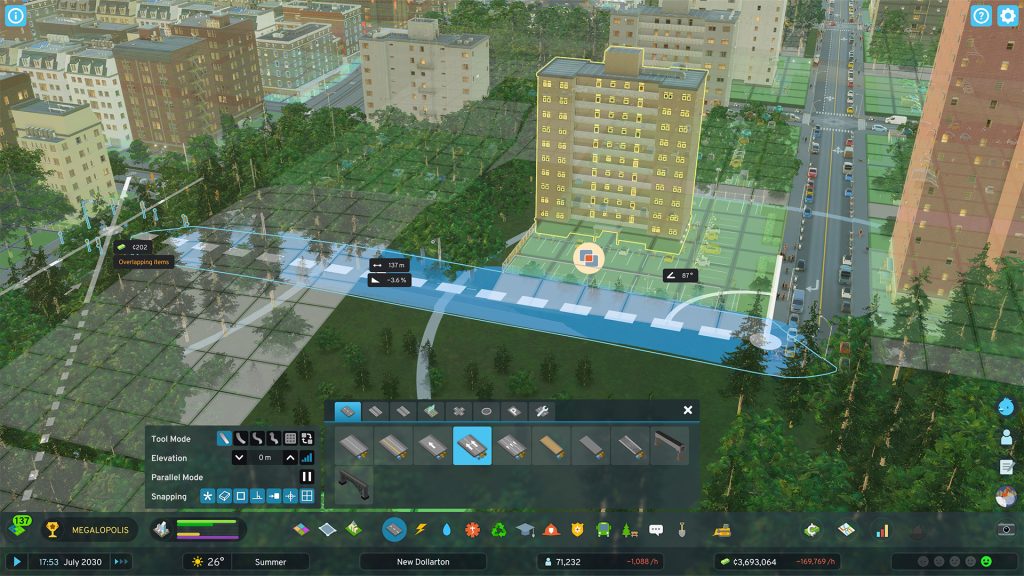
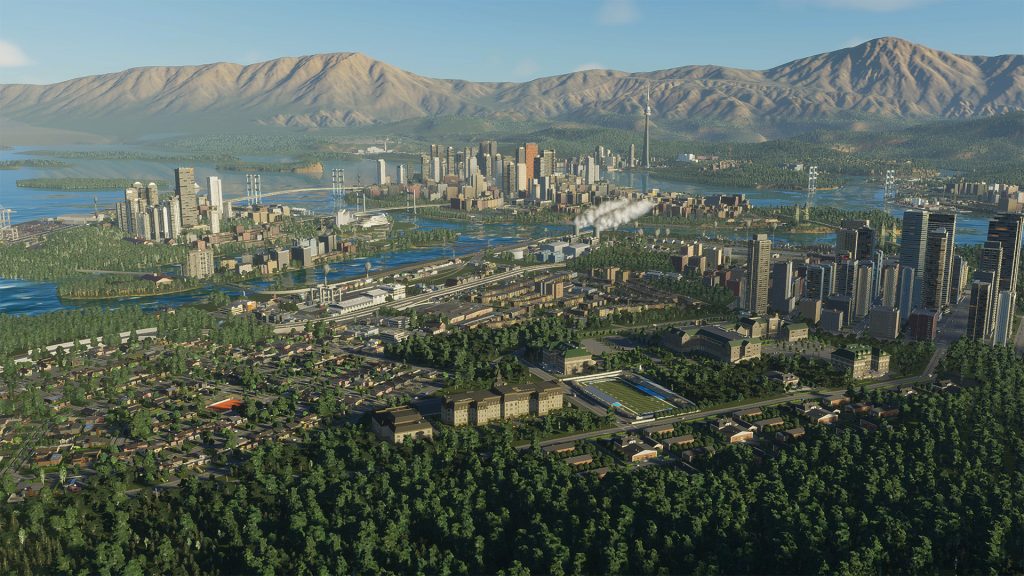
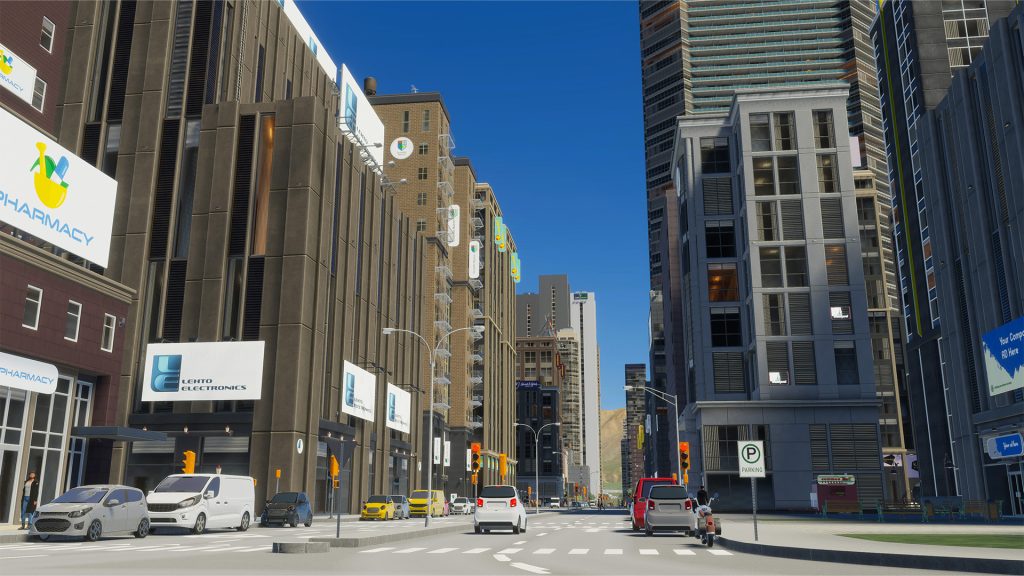
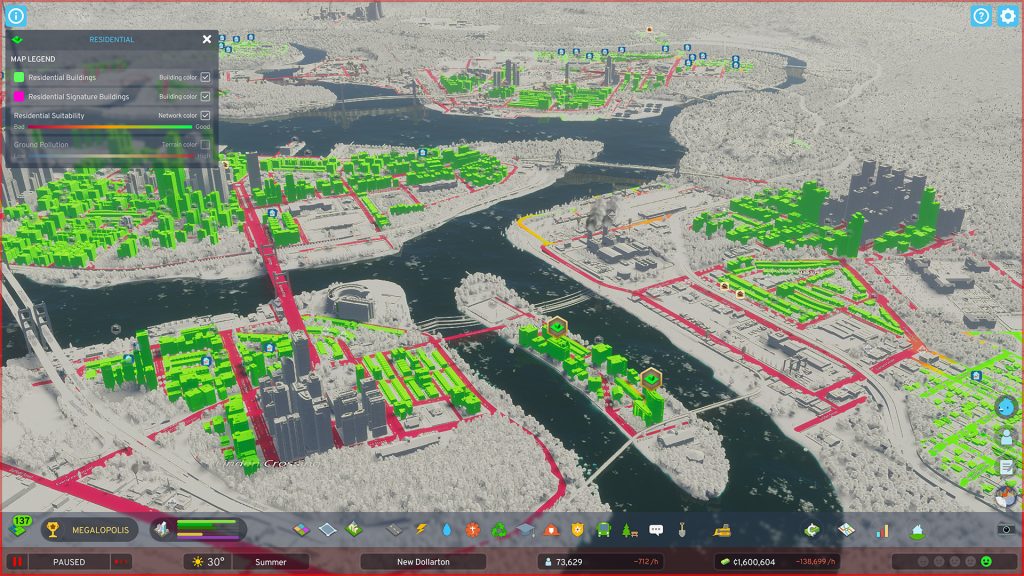
Smart Traffic and Environmental Realism
Traffic management, a bane of the original, has seen significant improvements. Vehicles are more intelligent and efficient, making traffic jams a consequence of your decisions rather than poor AI. Environmental realism, including wind and groundwater simulation, affects industrial areas, forcing you to make thoughtful choices.
Stunning Visuals and Terraforming
Visually, Cities: Skylines 2 brings a more realistic aesthetic. The cityscape at night, illuminated by a myriad of lights, is a visual treat. However, the day/night cycle, though beautiful, can be a challenge for precise construction. Terraforming options are extensive, allowing you to shape the terrain as you see fit.
Content Comparison
Veterans of the first game might find the sequel slightly restrictive in terms of content, especially when compared to years of DLC and mods. However, the overall improvements in Cities: Skylines 2 make it hard to lament the loss of content. The game has absorbed a wealth of community feedback from its predecessor, making it a commendable successor.
Performance Woes
Despite all its strengths, Cities: Skylines 2 is marred by one glaring issue – performance. While the game runs smoothly at the outset, as your city grows, performance stutters. This issue became evident for me when my city reached just 10,000 residents, a relatively modest figure in city-building terms. The situation worsened when I attempted to terraform areas near water. Colossal Order has acknowledged these performance problems and promised to address them, which is essential, considering the game’s fantastic potential in every other aspect.
Minor Inconveniences
Minor quirks include the occasional zoning mishap with complex road designs and a somewhat tedious underground building process, lacking depth indicators. Firemen’s lack of animation while extinguishing fires, though minor, might disappoint some, but it’s a forgivable oversight.
Despite the Hiccups, a City Worth Building
In its current state, Cities: Skylines 2 is an engrossing sandbox that will have you captivated for hours on end. It’s a worthy successor that builds upon its predecessor’s strengths and incorporates a wealth of community input. While the performance issues are a letdown, they don’t completely overshadow the game’s brilliance. Colossal Order has created a gem, and with the promised improvements, Cities: Skylines 2 is well on its way to becoming the genre’s defining masterpiece. As it stands, it’s a city worth building, despite a few bumps in the road.

